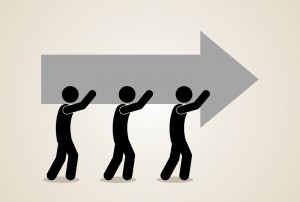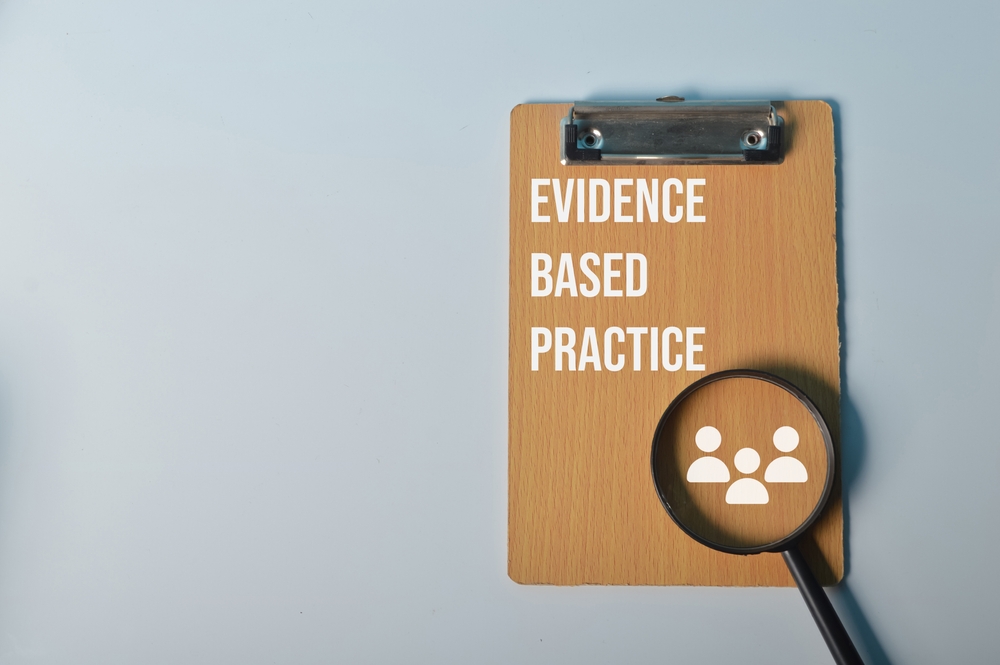Shared Decision Making and EBM
Posted on 28th October 2014 by Ammar Sabouni

I’m doing an online course. No it’s true this time, I really am. Not counting the countless courses I’ve signed up for and not actually done; this is my first course: Stanford SciWrite: Writing in the Sciences. A great experience I must say and a superb course with brilliant content and information.
Last week we had our first essay. A choice of things to write 300-500 words on. I’d just finished reading an interesting JAMA piece on Shared Decision Making and Evidence-Based Medicine and thought it would make for a good article so I picked writing about a recent article.
I got down to writing and tried to apply the new things I’d learned as best I could, a couple of days later I get my mark – by peer review and with it was this response:
The worst essay (out of four) I reviewed today. Very unorganized, unclear in focus and with too much “borrowing” from the original papers.
My peer was someone like me who was taking this course, the other two reviewers had given me decent marks but this negative review left me devastated! So this is me republishing the essay to see your response – is it really that bad? I’m sure it’s not perfect. Do tell me what you think.
Shared Decision Making and EBM
Evidence-Based Medicine is when physicians use the best research along with clinical expertise, while respecting patient values.
People from outside of medicine may not really understand the need for a discipline such as EBM. “If medical practice is not based on evidence, what is it based on?” Well, the main problem is actually the quality of the evidence.
Medical research is a very large field with thousands of articles published every week, so going through with a procedure that is based on 10 year old evidence is akin to harmful practice in the world of medicine, or at least it should be. So to encourage physicians to keep their practices up to date, evidence-based Medicine (EBM) emerged advocating evidence as the sole basis upon which a medical decision should be based.
In effect this has proved in part not correct – evidence should be a factor in the decision and not the only factor; issues such as involving the patient in the care decision need to be taken into consideration.
“Evidence-based medicine is the integration of best research evidence with clinical expertise and patient values” (Sackett, et al. 1996)
 Patient values. That’s normally as far as EBM goes in promoting what the patient wants. Never has it been an issue for evidence-based Medicine (EBM) to give the patient a number of choices or to ask for their input, let alone let them decide for themselves. The treatment option based on the strongest evidence is the best option. When in reality it is not necessarily so for each and every patient.
Patient values. That’s normally as far as EBM goes in promoting what the patient wants. Never has it been an issue for evidence-based Medicine (EBM) to give the patient a number of choices or to ask for their input, let alone let them decide for themselves. The treatment option based on the strongest evidence is the best option. When in reality it is not necessarily so for each and every patient.
A 2006 survey found that only a quarter of patients believed that a doctor should choose the treatment, half thought that the patient and doctor should make the choice together, and the other quarter said that the patient alone should decide. (Coulter 2006) This is called Shared Decision Making:
“The conversation that happens between a patient and their healthcare professional to reach a healthcare choice together” (NHS 2012)
Recently JAMA published an article under the title: “The Connection Between Evidence-Based Medicine and Shared Decision Making”. The authors emphasized the need for EBM to acknowledge the importance of Shared Desision Making and incorporate it into its discipline. (Hoffmann, Montori and Del Mar 2014):
“Without shared decision making, EBM can turn into evidence tyranny.”
In effect Shared Decision Making translates into patient-centred communication skills and what this means is giving the physician the skills and ability to correctly communicate the patient options to the patient.
To reach the best patient care we need physicians to know all the evidence-based patient options and communicate these options to the patients thereby reaching a shared evidence-based decision that should be closer to the best possible treatment.
Critical appraisal is the main method with which practisers of EBM analyse papers and come to conclusions on the best evidence; the same principal should be applied to the discipline itself.
It is not just shared decision making that is between EBM and perfection; without transparency all EBM methods are sometimes harming not just useless. Also, without open access EBM is a luxury that only those with access to journal subscriptions can afford.
EBM is far from perfect and the sooner physicians and researchers accept the need for change the better it will be for patients.
References
Coulter, Angela. “Engaging patients in their healthcare.” Picker Europe. April 2006. http://www.pickereurope.org/assets/content/pdf/Project_Reports/Six_country_study_with_ISBN_web.pdf (accessed October 3, 2014).
Hoffmann, Tammy C., Victor M. Montori, and Chris Del Mar. “The Connection Between Evidence-Based Medicine and Shared Decision Making.” JAMA 312, no. 13 (October 2014): 1295-1296.
NHS. NHS Shared decision making. 2012. http://www.healthtalk.org/peoples-experiences/improving-health-care/shared-decision-making/what-shared-decision-making (accessed October 3, 2014).
Sackett, DL, WMC Rosenberg, JAM Gray, RB Haynes, and WS Richardson. “Evidence based medicine: what it is and what it isn’t.” BMJ (BMJ) 312, no. 71 (1996): 2.




No Comments on Shared Decision Making and EBM
Good writeup! The peer was too harsh, however to an extent , a little more work could be done!
29th October 2014 at 3:47 amYour introduction was attractive, as it coerces the reader, but the writeup is surely a bit dry.
Overall a decent job done, don’t take harsh words too seriously.
Thank you Ashwini! Really appreciate the feedback.
30th October 2014 at 4:52 pm